Marijuana, simply referred to as cannabis, pot, dope, or weed, is extracted from the dried flowers, stems, seeds, and leaves of the cannabis plant. The marijuana (cannabis) plant contains more than 100 compounds, majorly known as cannabinoids. These compounds include THC- tetrahydrocannabinol, which is impairing or mind-altering, as well as there are other active compounds such as CBD – cannabidiol. CBD does not cause a “High” as it is not impairing.
There are several ways to use cannabis, some of the most common ways are listed below:
- Smoked in joints (like a cigarette), in blunts (cigars or cigar wrappers that have been somewhat or refilled with cannabis), or in bongs (channels or water channels)
- Vaped using electronic vaporizing gadgets (like vape pens) or other vaporizers.
- Blended or imbued into foods or drinks (called edibles) like treats, cakes, or brownies, or tea, cola, or liquor
- Also, a few individuals inhale the oil concentrates, and others engage in cannabis dabbing by extracting from the cannabis plant.
- Using highly concentrated forms of THC in vaping and dabbing THC oils and concentrates often involves additives or potential contamination with other harmful substances.
Marijuana is how safe and effective as a medicine.
This is a major subject of concern and a heated debate for many, what are the potential medicinal properties of the plant? THC has proven that there are many medical benefits in a particular formation. The Drug Administration and FDA- Food have approved some THC-based medications that can help for the treatment of nausea in patients undergoing cancer chemotherapy and also stimulate appetite in patients with wasting syndrome due to AIDS.
Many marijuana-based medications are undergoing clinical trials.
A mouth spray named Nabiximols (Sativex) is available in the United Kingdom, Canada, and many European countries for treating the spasticity and neuropathic pain that may accompany multiple sclerosis. It combines THC with another chemical found in marijuana called cannabidiol (CBD).
For severe childhood epilepsy such as Dravet syndrome and Lennox-Gastaut syndrome, the FDA has approved a liquid medication based on CBD. Medical professionals are delivering it to patients in a reliable dosage form through a reproductive route of delivery to ensure that patients get the anticipated benefits.
Cannabis (Marijuana) Extracts
Smoking THC-rich tars extracted from the marijuana plant is in high demand. Individuals call this practice dabbing. These extricates come in different shapes, such as:
- hash oil or nectar oil—a gooey fluid
- wax or budder—a delicate strong with a surface-like lip balm
- shatter—a difficult, amber-colored solid
These extricates can provide amazingly huge amounts of THC to the body, and their utilization has sent a few individuals to the emergency room. Another threat is in preparing these extricates, which more often than not includes butane (lighter liquid). Many individuals have caused fires and explosions and have suffered serious burns by using butane to create extracts at home.
How cannabis influences an individual depends on a few components:
- Amount of marijuana taken
- The frequency of cannabis utilize
- Use of marijuana/weed with other substances (e.g., liquor or other drugs), which may increase the chance of harming yourself.
- Mode of marijuana utilization (e.g., expending edibles or items with high THC concentration can have postponed or erratic impacts and increase the hazard of overdose or poisoning)
- Past encounters with cannabis or other drugs
- Biology (e.g., genes, DNA)
- Sex (e.g., ladies may encounter more dizziness after utilizing marijuana compared to men)
Health Impacts and Risks
There are well-being dangers related to utilizing cannabis regardless of how it is used. Here are some side-effects of weed listed below:
Marijuana Use Disorder
Roughly 3 in 10 individuals who utilize marijuana have cannabis use disorder. A few signs and side effects of weed utilization disorder include trying but coming up short to stop utilizing marijuana or giving up vital exercises with companions and family in favor of utilizing marijuana. The hazard of creating marijuana utilization clutter is more grounded in individuals who begin utilizing cannabis during youth or adolescence and who utilize marijuana more frequently.
Brain Health
Marijuana use specifically influences brain function—specifically the parts of the brain dependable for memory, learning, consideration, choice-making, coordination, feelings, and response time. Developing brains, such as those in babies, children, and youngsters, are particularly vulnerable to the destructive impacts of marijuana and THC.
Heart Health
Marijuana can make the heart beat speedier and can make blood weight higher instantly after use. It seems moreover lead to expanded hazards of stroke, heart illness, and other vascular diseases.
Driving
Marijuana, like liquor, adversely influences a few abilities required for secure driving. It can moderate response time and ability to create decisions.
Marijuana/weed can disable coordination and mutilate perception.
The use of numerous substances (such as weed and liquor) at the same time can increment impairment.
Well-being risks are associated with using cannabis regardless of how it is used. Here are some listed below:
Lung Health
Smoking weed, regardless of the method of smoking, can harm lung tissues and cause scarring and damage to small blood vessels.
While more research on the health effects of inhaling secondhand marijuana smoke is necessary, there is concern that it may cause harmful health impacts, including among children.
Mental Wellbeing
Marijuana use is linked to social anxiety, depression, and schizophrenia (a type of mental illness where people might perceive or hear things that aren’t really there), but researchers do not yet fully understand the connections between this mental health disorder and marijuana use.
Unintentional Poisoning
Edibles, food, and drink items infused with cannabis, have more negative effects than smoked cannabis, including a greater risk of harm. Children can mistake edibles for customary nourishment or sweets. Consuming cannabis can make children very sick.
Disclaimer: This article is written for informational purposes only. We do not claim or endorse the use of marijuana. Please consult with a healthcare professional for personalized advice.



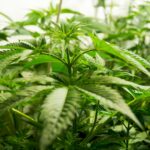

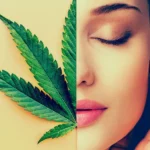
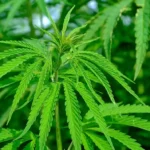



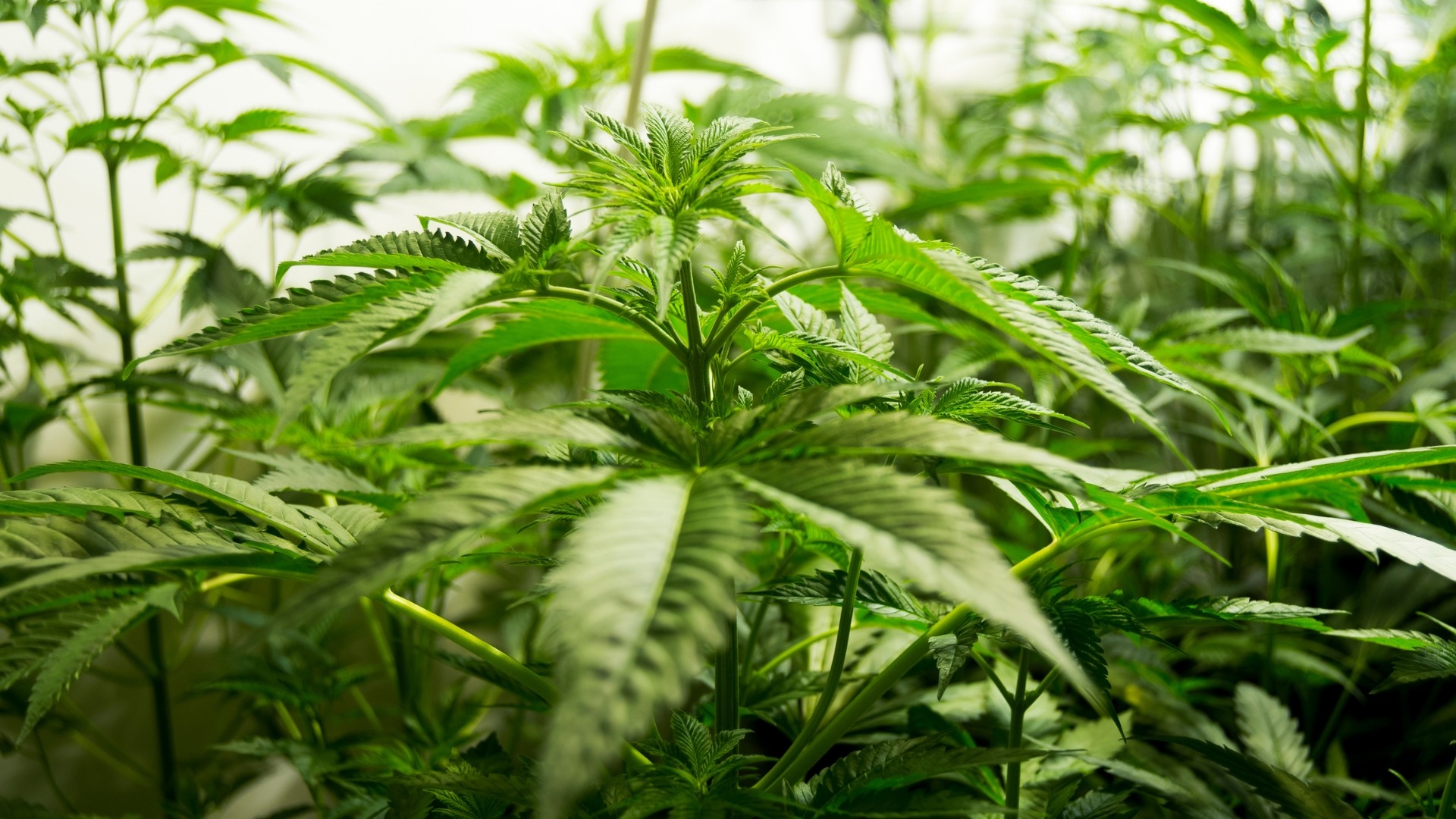
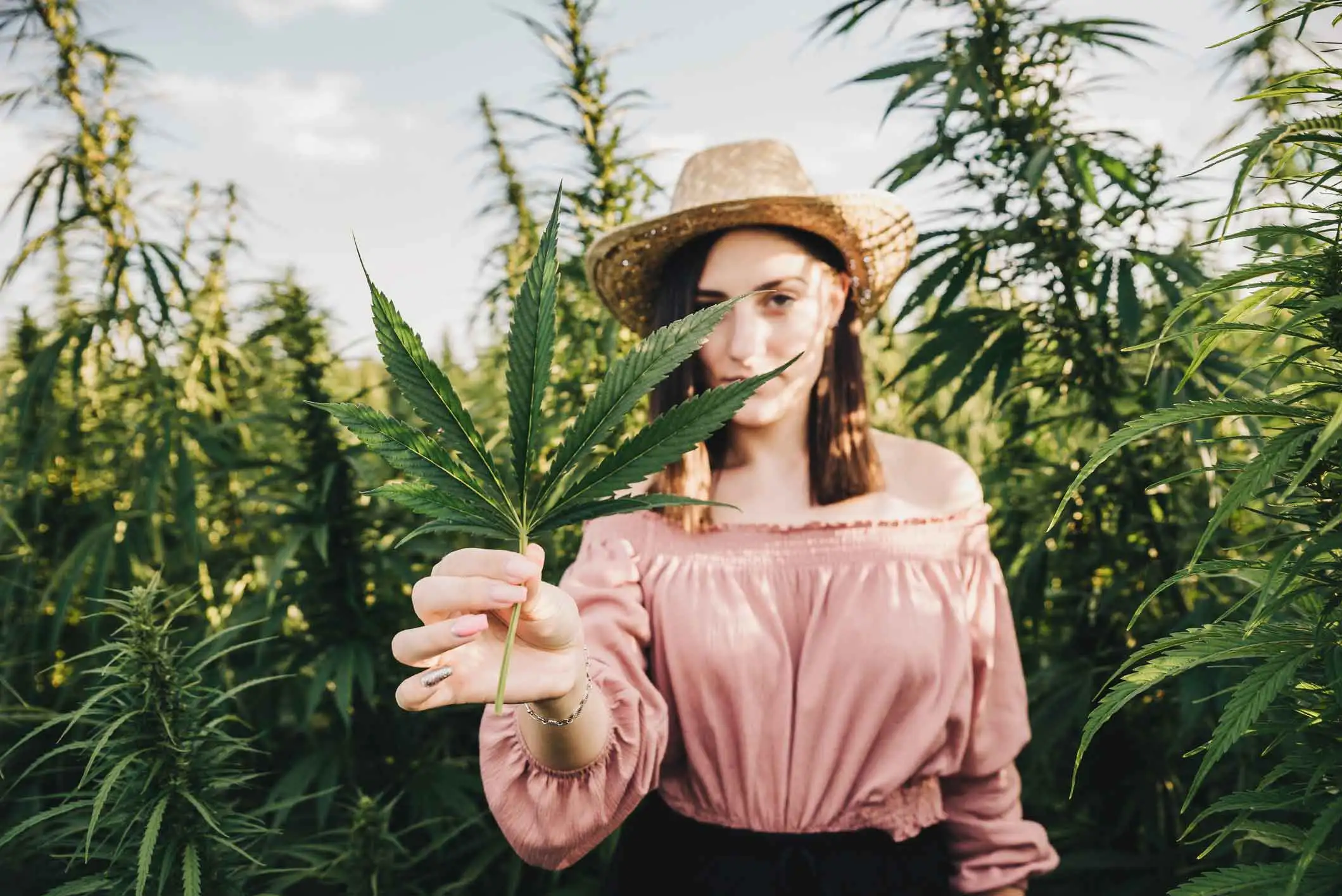
This was beautiful Admin. Thank you for your reflections.